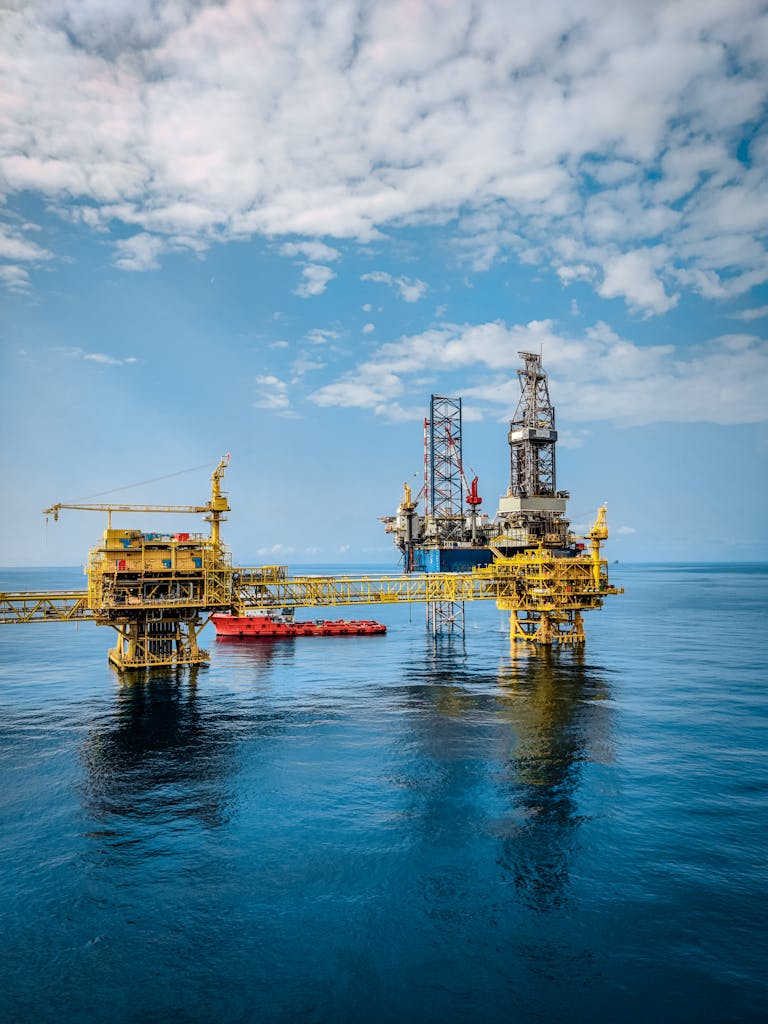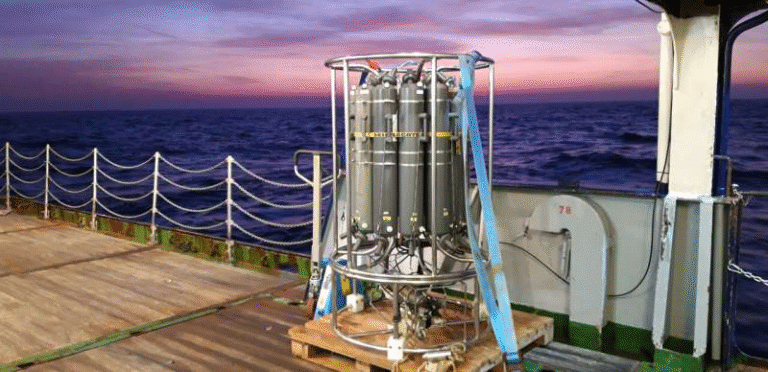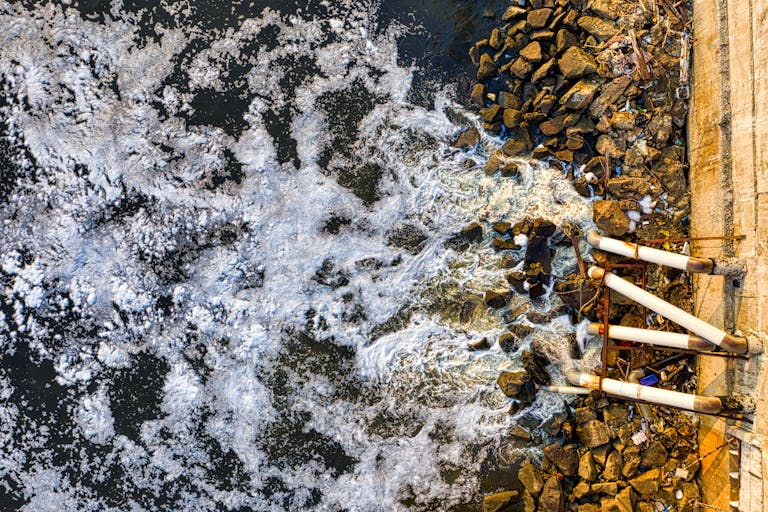Kaua‘i Introduces Its First Comprehensive Framework to Strengthen Post-Disaster Recovery and Redevelopment

Kaua‘i has taken a major step toward improving how the island prepares for and recovers from disasters by adopting its first-ever Pre-Disaster Recovery Framework, a countywide guide designed to organize recovery efforts long before disaster strikes. The Kaua‘i County Council formally approved this framework in September 2025 through Resolution 2025-36, marking the island’s first written recovery and redevelopment guidelines. This new approach acknowledges the increasingly serious impacts of climate change on the island and aims to give communities a stronger, clearer foundation for navigating the aftermath of major natural events.
Why Kaua‘i Needed a Dedicated Recovery Framework
Over the years, Kaua‘i has endured tropical cyclones, destructive flooding, wildfires, and severe wave events, all of which have left long-term effects on infrastructure, homes, and local livelihoods. While the county has long maintained emergency response plans, what was missing was a structured blueprint for post-disaster recovery, a period that can stretch months or even years. Responding to a disaster and recovering from one require different strategies, and this framework is meant to fill that gap.
Local leaders have emphasized that recovery cannot rely on improvisation. Clear roles, responsibilities, and coordination must be established before emergencies occur. With climate risks evolving faster than ever—more intense storms, rising sea levels, and rapid coastal erosion—Kaua‘i officials recognized the importance of having a well-designed roadmap that helps the island rebuild stronger, safer, and more resilient after every disaster.
What the Framework Sets Out to Do
The Pre-Disaster Recovery Framework (PDRF) is designed as an all-hazards plan, meaning it applies to any natural disaster Kaua‘i may face. Rather than being a tactical emergency operations manual, it is a decision-making and coordination guide that outlines how the county transitions from immediate response to short-, intermediate-, and long-term recovery.
Some key goals of the new framework include:
- Establishing a recovery management organization that defines each department’s responsibilities.
- Identifying how state and federal agencies integrate with local recovery work.
- Providing a structure so that actions taken after a disaster align with long-term community vision and planning.
- Ensuring recovery decisions reflect shared community values such as equity, environmental and cultural preservation, economic vitality, and sustainability.
- Strengthening communication and cooperation across government, non-profits, businesses, and residents.
One important feature is that the framework can be activated with or without a federal disaster declaration, ensuring that recovery processes are not delayed by federal-level prerequisites.
The Recovery Support Functions (RSFs)
The framework organizes recovery into Recovery Support Functions, each focusing on major areas essential to rebuilding:
- RSF 1: Community Planning, Permitting & Land Use – Guides long-term redevelopment and land-use decisions.
- RSF 2: Economic Recovery – Helps support businesses, workers, and critical industries.
- RSF 3: Health & Social Services – Addresses community well-being, public health systems, and social support needs.
- RSF 4: Housing – Focuses on temporary and long-term housing solutions for displaced residents.
- RSF 5: Infrastructure Systems – Covers transportation, utilities, water systems, and other core infrastructure.
- RSF 6: Natural & Cultural Resources & Historic Preservation – Protects ecosystems, cultural sites, and historic assets during rebuilding.
Each RSF includes lead agencies, partner organizations, and anticipated actions that can help Kaua‘i recover faster and more efficiently.
How the Framework Was Developed
The project was led by Hawai‘i Sea Grant, in partnership with the County of Kaua‘i, and supported by funding from the NOAA Office of Response & Restoration and the NOAA National Sea Grant Office. The consulting firm Tetra Tech, Inc. provided technical support.
Over 40 departments and organizations participated in the development process through the County Recovery Working Group and Stakeholder Advisory Group. This wide involvement ensured that the plan reflects diverse local needs—ranging from emergency management and housing to cultural preservation and economic development.
One of the most community-focused aspects of the project was the involvement of ʻĀina Alliance, a nonprofit based in Anahola. They conducted community visioning exercises that led to a detailed report called “Building Back Better: Pre-disaster Framework for Anahola, Kaua‘i.” This localized process is now considered a model for other communities across the island, showing how neighborhood-level recovery planning can align with countywide strategies.
How the Framework Will Be Put Into Action
The PDRF includes a Recovery Implementation Checklist, which helps county officials activate and manage recovery phases. It lays out steps for:
- Mobilizing recovery teams.
- Assessing community impacts.
- Coordinating federal and state assistance.
- Supporting displaced families.
- Rebuilding infrastructure with long-term resilience in mind.
The framework also outlines how the county transitions from emergency response—managed by the emergency operations center—to recovery leadership under the Local Disaster Recovery Manager (LDRM). This helps reduce confusion during the chaotic early days after a disaster.
Not every part of the framework needs to be activated for every event. Smaller disasters may require only a few RSFs, while large events—such as major floods or hurricanes—may activate the full recovery structure.
The Role of Community Coordination
A major emphasis of the new framework is the belief that recovery is a community-wide effort. Beyond government agencies, it calls for cooperation among utilities, non-profits, local businesses, and especially community members. This approach aims to create a more holistic and integrated recovery process that avoids duplication, closes gaps, and builds long-term resilience.
The framework also stresses the importance of transparent communication, ensuring that residents receive timely, accurate information and have opportunities to participate in shaping recovery and redevelopment decisions.
Why This Matters for Kaua‘i’s Future
This framework represents a shift from reactive recovery to proactive planning. It’s not just about restoring what was lost—it’s about rebuilding in a way that reduces future risks and strengthens Kaua‘i’s long-term resilience.
Some broader benefits include:
- Faster recovery times thanks to clear roles and prepared systems.
- Better coordination among agencies and organizations.
- More equitable access to recovery resources.
- Stronger integration of climate adaptation in redevelopment.
- Preservation of cultural and natural resources that define Kaua‘i’s identity.
With climate-related hazards expected to increase in severity, having a structured recovery plan is not just beneficial—it is essential. This framework positions Kaua‘i as a leader among island communities facing similar challenges and may serve as an example for other counties across Hawai‘i and the Pacific.
Additional Context: The Growing Importance of Pre-Disaster Planning
Many regions around the world now recognize the value of pre-disaster recovery planning. Instead of waiting for a disaster to hit and then improvising, pre-planning allows communities to:
- Identify vulnerabilities ahead of time.
- Develop partnerships and communication channels in advance.
- Consider how rebuilding can reduce future risks.
- Ensure that cultural and environmental assets are protected.
- Prepare residents for both the immediate and long-term challenges of recovery.
For islands like Kaua‘i, where resources, land availability, and access to outside assistance can be limited, planning ahead is especially important. A clear framework helps reduce confusion, speed up decision-making, and ensure that rebuilding aligns with the community’s long-term goals.
Research Reference
Kaua‘i Pre-Disaster Recovery Framework (County of Kaua‘i):
https://www.kauai.gov/Government/Departments-Agencies/Emergency-Management-Agency/Kaua%CA%BBi-Pre-Disaster-Recovery-Framework-2025





